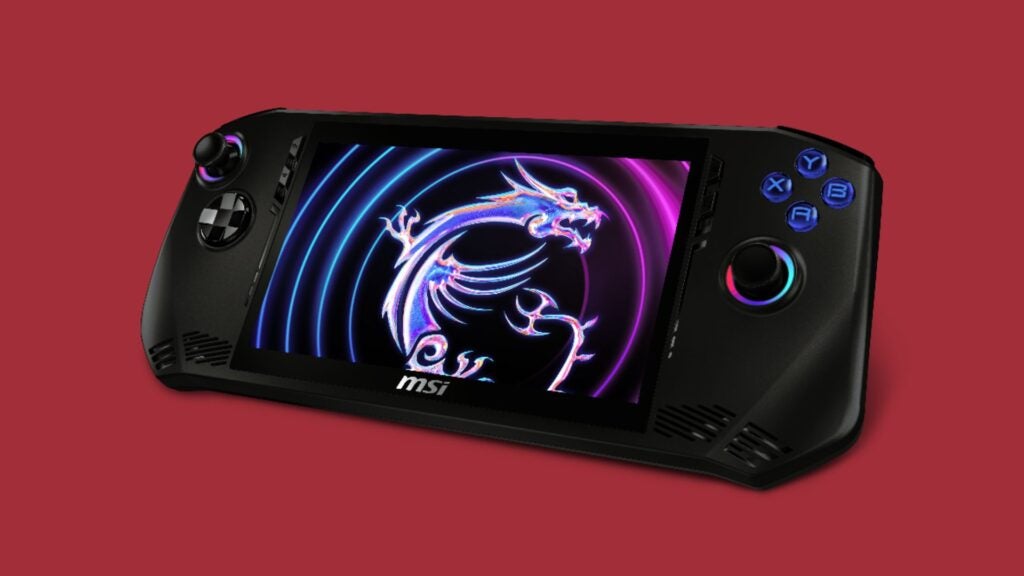MSI just announced its first ever handheld gaming PC, the MSI Claw, but how does it compare to the new Steam Deck OLED? Let’s take a look.
While it may have had some detractors at launch (partially due to its unwieldy size next to a Nintendo Switch), the Steam Deck has clearly had an impact on the industry. You can tell as much because of all the competitors that have come out of the woodwork to claim some of its territory, with recent additions such as the Lenovo Legion Go and the Asus ROG Ally.
Keen not to give any more ground anyway, MSI has finally entered the fray with the MSI Claw, which we’ve gone hands-on with at CES 2024. It promises a high-end gaming experience on the go. The question is, what does the Claw offer against the current gold standard of handheld gaming PCs: the Steam Deck OLED.
Keep on reading to see how these two handhelds compare.
The Claw boasts new Intel chipsets
While it’s easy to get distracted by the aesthetic of these handheld devices, the actual gaming experience is always dictated by the power of the CPUs and GPUs under the hood. All we know about MSI’s handheld on this front is that it’ll be powered by an Intel Core Ultra processor that’s boosted by XeSS technology to improve the frame rate, alongside an integrated SoC to help out with the graphics.
For the Steam Deck OLED, Valve’s thrown a Zen 2 CPU and an 8-core RDNA GPU into the mix. It’s a similar set-up to the original Steam Deck from 2022 but it has been developed on a 6nm process rather than a 7nm, boosting efficiency. Both the Claw and the Steam Deck boast 16GB of LPDDR5 RAM.


OLED vs Refresh rate
Just in case it wasn’t obvious, the Steam Deck OLED’s biggest asset is its gorgeous 7.4-inch OLED display which feels like a huge step up from the previous LCD variant on its predecessor. Colours are now brighter and there’s a greater degree of contrast on-screen but unfortunately for the MSI Claw, it’s already a step behind in this area.
With a 7-inch LCD HD display, the MSI Claw will no doubt look impressive, but it’s unlikely to match up to the new standard set by the Steam Deck OLED. In the Claw’s defense however, OLED is hardly the norm within this sector, so it shouldn’t be too surprising that it hasn’t been adopted for a first generation product. What is worth pointing out though is that the Claw will have a 120Hz refresh which beats the 90Hz cap of the Steam Deck OLED, meaning this could be a better pick for fast paced games.
Battery life
Aside from its upgraded display, one of the best improvements the Steam Deck OLED packs over its predecessor is a far superior battery life. With the ability to reach up to 12-hours of run-time in certain use cases, the newer Steam Deck is now far better suited for longer gaming sessions.
By comparison, MSI has gone for a different tact. We won’t know for sure exactly how long the battery lasts until we get the Claw in for testing, but the company has emphasised that the device can last for two-hours when placed under a full workload environment, which suggests the Claw is being aimed specifically at gamers who want to play triple-A titles on the go.
Early verdict
At this point, there’s still so much that we don’t know about the MSI Claw, most noteworthy of which is the price, but there’s enough here to suggest that the device, if up to scratch, could end up being a noteworthy competitor to the Steam Deck OLED.

